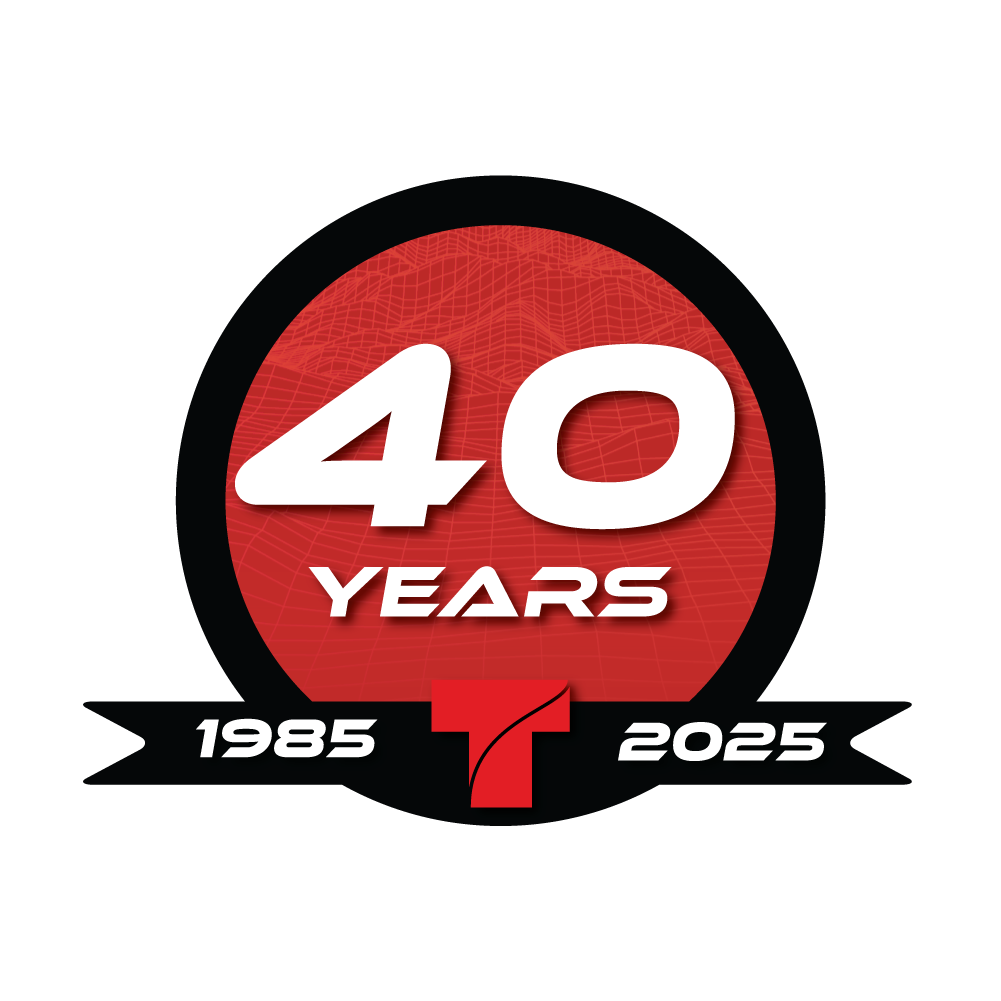Navigating Geospatial Public-Private Partnerships
As governments across the world look to leverage data tools to grow and bolster infrastructure, more public-private partnerships (PPPs) than ever are being created. With PPPs, government and municipal agencies can work side-by-side with privately-owned organizations to create solutions and stoke innovation. Think about these benefits of geospatial PPPs:
- PPPs allow the costs of investment to be spread over the lifetime of the asset and, therefore, allow infrastructure projects to be brought forward in years compared to the pay-as-you-go financing that is typical of many infrastructure projects.
- PPPs have a solid track record of on-time, on-budget delivery.
- PPPs transfer certain risks to the private sector and provide incentives for assets to be properly maintained.
- PPPs can lower the cost of infrastructure to the public entity by reducing both construction costs and overall life-cycle costs.
- Since satisfaction metrics can be built into the contract, PPPs encourage a strong customer service orientation.
- Because the destination, not the path, becomes the organizing theme around which a project is built, PPPs enable the private sector to focus on the outcome-based public value they are trying to create.
As beneficial as PPPs can prove to be in the geospatial realm, navigating them is not without its challenges. To make the most of this relationship, there are some important best practices to keep in mind.
Get to know your partner: Just like with any business partnership, both parties in a geospatial PPP need to know about their partners. This is especially important within our industry as the private sector sees growth and progress in geospatial innovation at a much higher rate than government or public sector parties.
Don’t skimp on the contract: Ultimately everyone involved in a geospatial PPP should be working together on a shared vision to meet common goals. While it’s something that should happen organically, legally binding contracts can help enforce the commitments made to the partnership. Don’t assume that you won’t need one — it may end up being a big mistake.

Collaborate, and do it often: With the constraints of government regulations and sluggish legacy software, both parties must be constantly collaborating. Create a blueprint of sorts that outlines each party’s vision, goals, and strategies to implement throughout the process of working together.
Assign roles accordingly: The private party has access to resources such as corporate branding tools, business executives, and experts. Government agencies have a firm grasp of public policy and municipal regulations. Keep these skills and resources in mind when deciding on which parties and team members are assigned to which roles.
Tap into innovation: Government agencies are known for their bureaucratic red tape that often stifles innovation. Count on private parties and their channels to move a concept forward that would normally not be feasible to fine-tune in the public sector.
Share risk — and reward: Neither party should have to carry the burden of setbacks and challenges throughout the partnership. Both parties should contribute equally to the solution, as well as take equal credit for accomplishments to promote equity of workloads.

Promote creativity: By facilitating regular collaboration (see above) you’ll be able to recognize new, out-of-the-box ideas and prioritize these concepts. Encourage both sides to learn more about each other’s roles and offer fresh perspectives.
Keep an open door: Government agencies that have a long list of geospatial initiatives to work on would be doing themselves a favor by having an open-ended proposal process. Private-sector firms could submit “unsolicited” proposals for geospatial PPPs, and public-sector agencies can review a rolling collection of solutions.
Find a neutral party: For both parties to feel comfortable contributing equally without a sense of bias, there should be an individual or group facilitating that doesn’t officiate with either side. This facilitator can also step in during a dispute or get work back on track should it derail for any reason.
Structure appropriately: Keep this important insight in mind. “One party is a government/public entity, and the other one is a private entity. Governments change and so do policies. And in countries where the rule of law is not established enough to maintain the stability of the contract, investors see a significant political risk that will need to be mitigated.”












